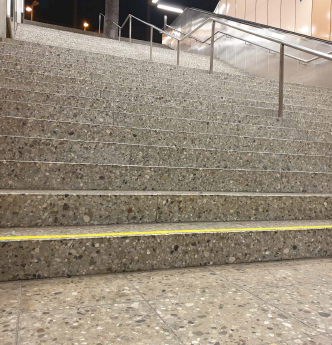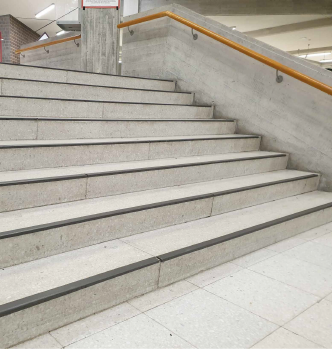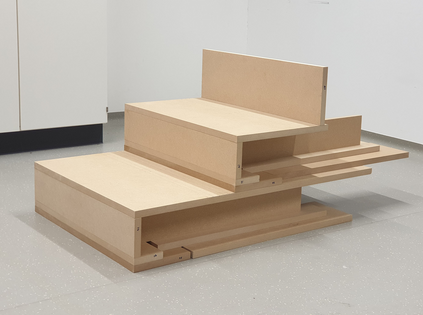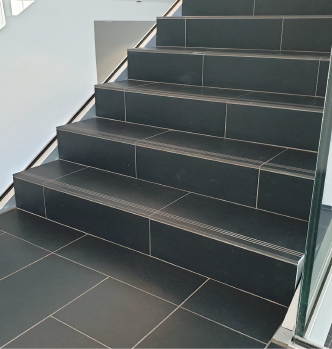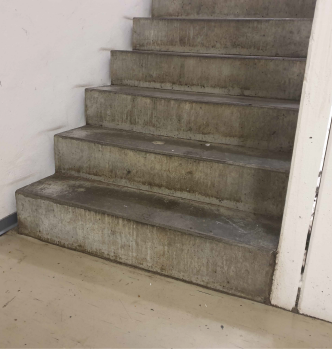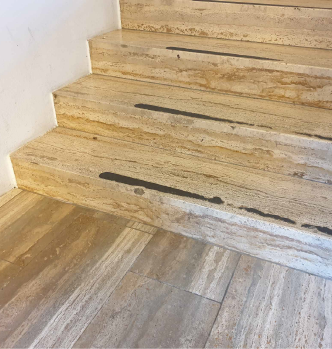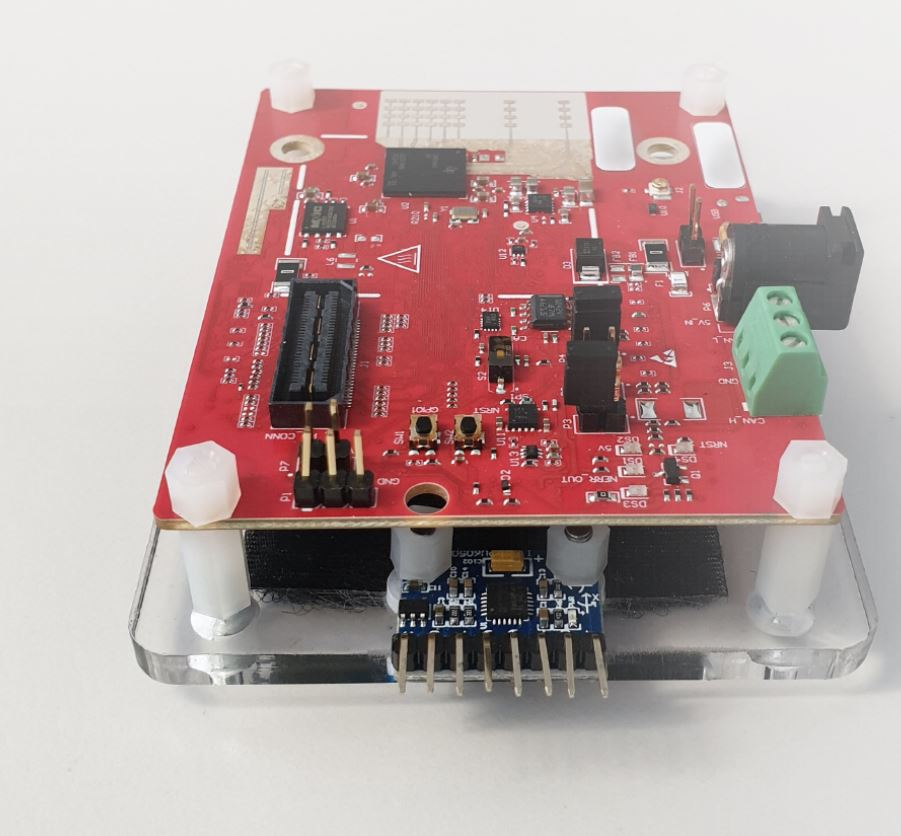Lower extremity amputees face challenges in natural locomotion, which is partially compensated using powered assistive systems, e.g., micro-processor controlled prosthetic leg. In this paper, a radar-based perception system is proposed to assist prosthetic legs for autonomous obstacle traversing, focusing on multiple-step staircases. The presented perception system is composed of a radar module operating with a multiple-input-multiple-output (MIMO) configuration to localize consecutive stair corners. An inertial measurement unit (IMU) is integrated for coordinates correction due to the angular dis-positioning that occurs because of the knee angular motion. The captured information from both sensors is used for staircase dimensioning (depth and height). A shallow neural network (NN) is proposed to model the error due to the hardware limitations and enhance the dimension estimation accuracy (1 cm). The algorithm is implemented on a microcontroller subsystem of the radar kit to qualify the perception system for embedded integration in powered prosthetic legs.
翻译:右下边缘截肢者在自然运动中面临挑战,在自然运动中,使用有动力的辅助系统(如微处理器控制的假肢腿)对自然运动部分补偿。在本文件中,提议建立一个雷达感知系统,协助假肢腿进行自主障碍穿行,重点是多步楼梯。介绍的感知系统是由一个雷达模块组成的,该模块的功能是多投入-多输出(MIMO)配置,将连续的楼梯角本地化。一个惯性测量单位(IMU)集成用于坐标校正,因为膝盖运动导致的角偏移。从两个传感器提取的信息用于楼梯尺寸(深度和高度)的尺寸(深度和高度)。一个浅线性网络(NN)拟模拟由于硬件限制造成的错误,并提高尺寸估计精度(1厘米)。该算法是在雷达包的微控制分系统上实施的,以测试感知系统是否嵌入有动力的假肢。




